Use high-quality, fresh cabbage for the best results. Older cabbage may not ferment as well. Ensure that all equipment and containers are thoroughly cleaned to prevent unwanted bacteria from interfering with the fermentation process. Monitor the sauerkraut during fermentation and remove any scum or mold that may form on the surface. The fermentation time will vary depending on the temperature of your environment. Warmer temperatures will speed up the process, while cooler temperatures will slow it down. For added flavor, experiment with adding other vegetables or spices to your sauerkraut, such as caraway seeds, juniper berries, or dill.
Easy Homemade Sauerkraut
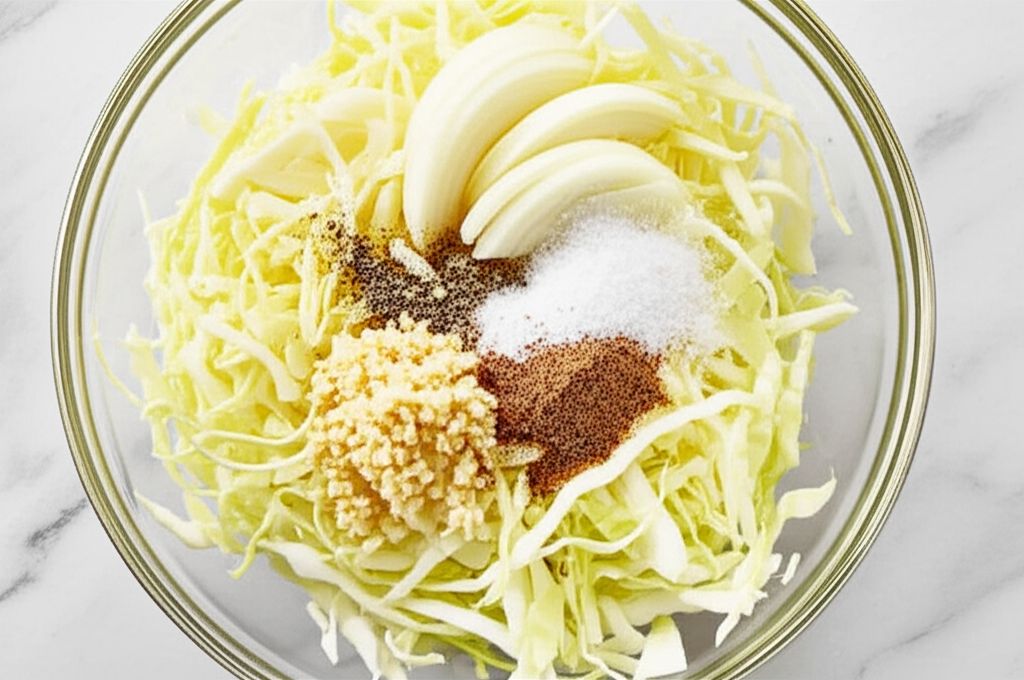
-
PREP TIME25 mins
-
COOK TIME0 mins
-
TOTAL TIME168 hrs 25 mins
-
SERVING24 People
-
VIEWS16
Embark on a culinary journey through time with this simple sauerkraut recipe. Tangy, crisp, and bursting with probiotic goodness, it's a delightful condiment and a celebration of traditional food preservation.
Ingridients
Nutrition
-
Carbohydrate7 g
-
Fiber3 g
-
Protein1 g
-
Sodium678 mg
-
Sugar3 g
-
Fat0 g
-
Unsaturated Fat0 g
Follow The Directions
01
StepIn a large bowl, combine the shredded cabbage, sliced onion, sea salt, and minced garlic. (5 minutes)
02
StepMassage the mixture vigorously with your hands for 5-10 minutes, until the cabbage begins to release its juices and becomes slightly softened. This step is crucial for initiating the fermentation process.
03
StepPack the cabbage mixture tightly into a clean, food-grade fermentation crock or a large glass jar. Press down firmly to remove air pockets.
04
StepIf the released juices don't completely cover the cabbage, add filtered water until the cabbage is submerged. Ensure there is at least an inch of headspace at the top of the container.
05
StepPlace a clean glass weight or a smaller jar filled with water on top of the cabbage to keep it submerged under the brine. This prevents mold growth during fermentation.
06
StepCover the crock or jar loosely with a lid or cloth secured with a rubber band. This allows gases to escape while preventing pests from entering.
07
StepFerment in a cool, dark place (ideally between 65-72°F / 18-22°C) for 1 to 4 weeks, or until the sauerkraut reaches your desired level of tanginess. Taste it periodically. (7-28 days)
08
StepOnce fermented to your liking, transfer the sauerkraut to airtight jars and refrigerate. Refrigeration slows down the fermentation process. Enjoy!





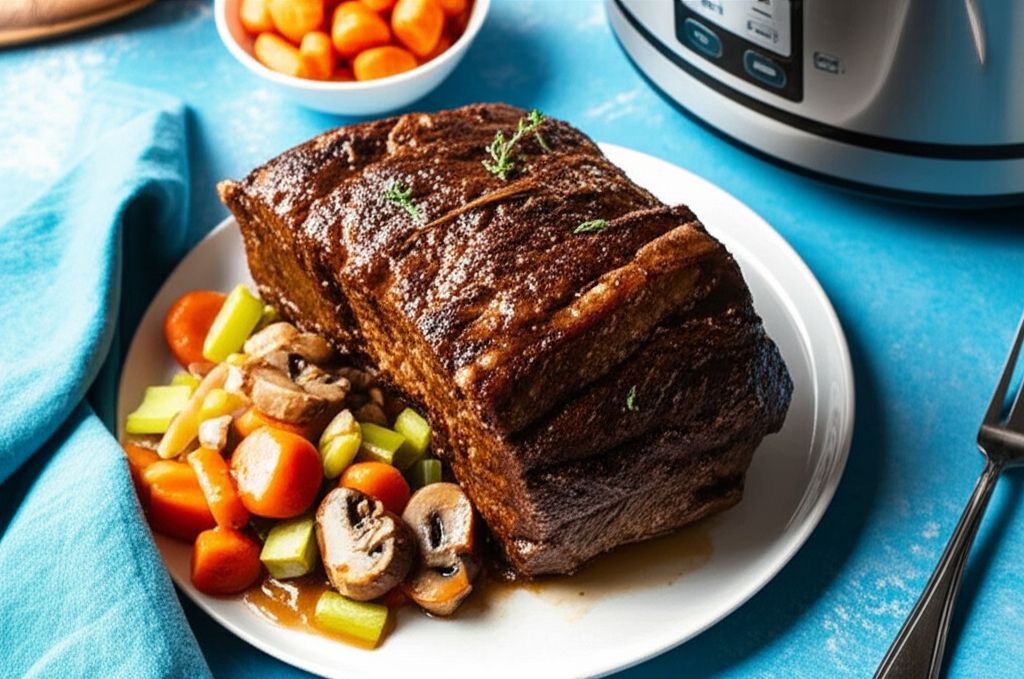
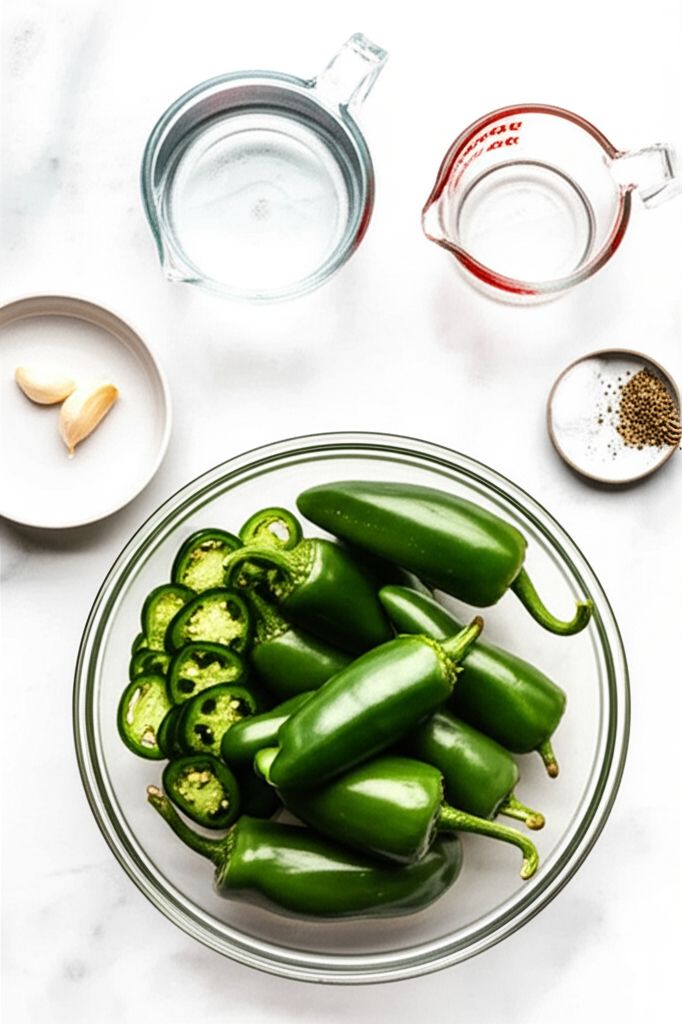
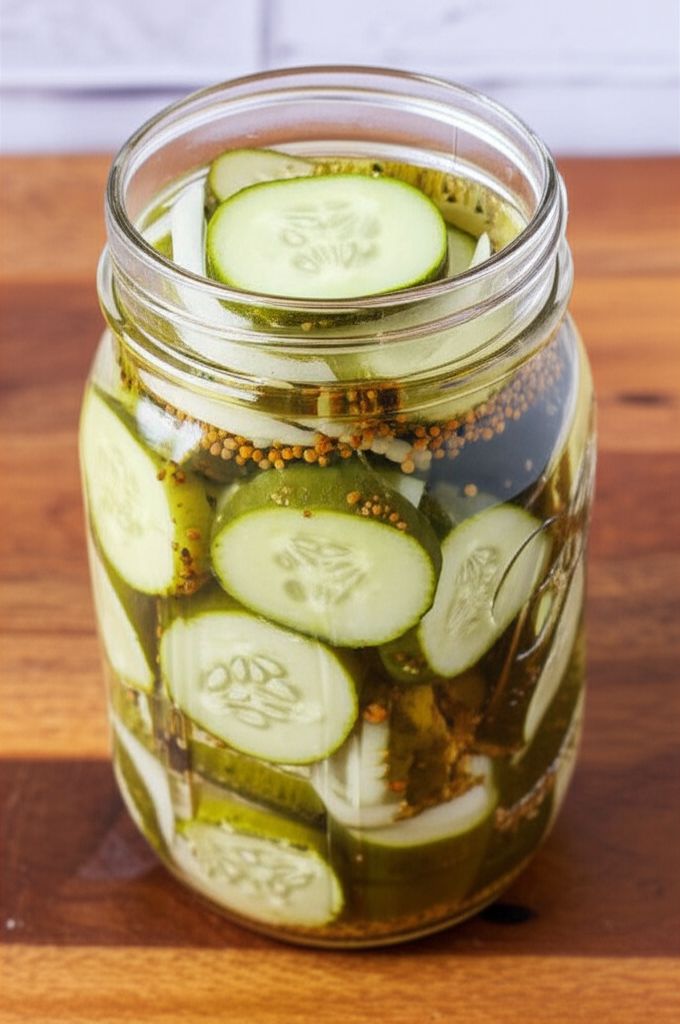
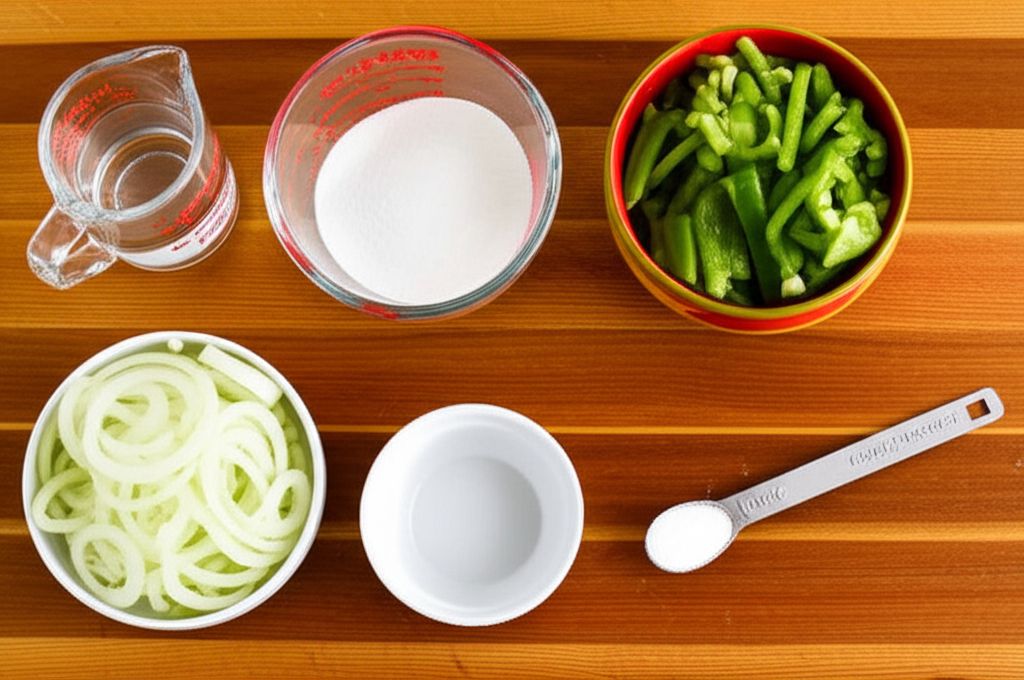

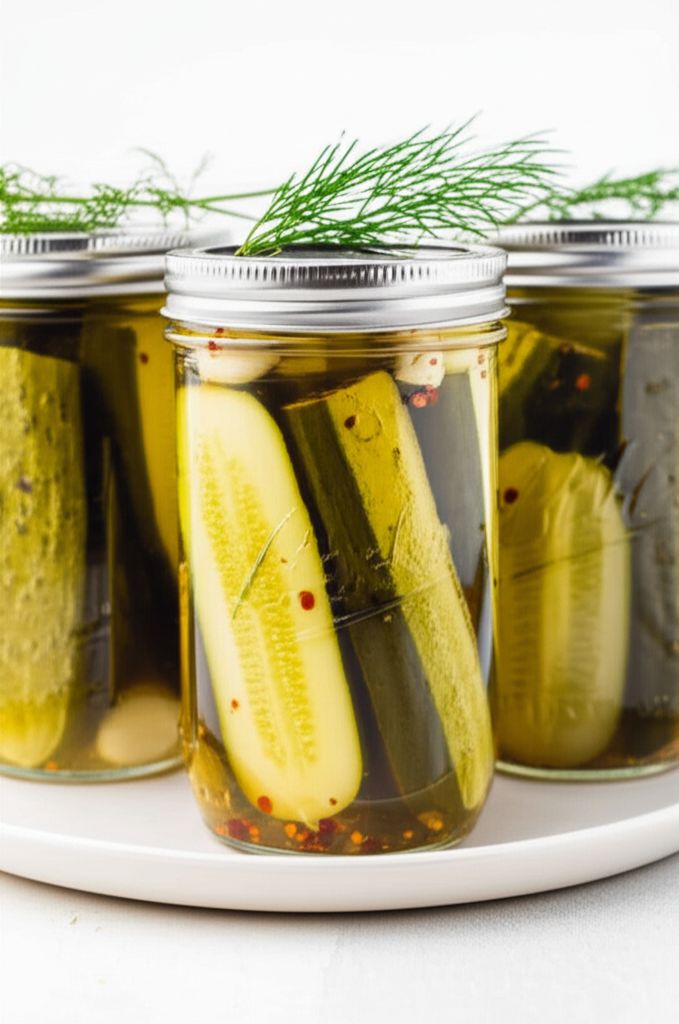
Tiana Vonrueden
Jun 19, 2025Great recipe! I've made sauerkraut before, but this is the best it's ever turned out.
Alessia Mraz
Jun 17, 2025The hands-on approach to breaking down the cabbage leaves is an excellent method to follow!
Tyrique Bednar
May 30, 2025I added some caraway seeds and it was delicious!
Maybell Bailey
May 19, 2025I had some mold develop in my first batch, but the second time around it was perfect after I paid closer attention to keeping the cabbage fully submerged.
Lina Cruickshank
May 16, 2025This recipe was so easy to follow! My sauerkraut turned out perfectly tangy.